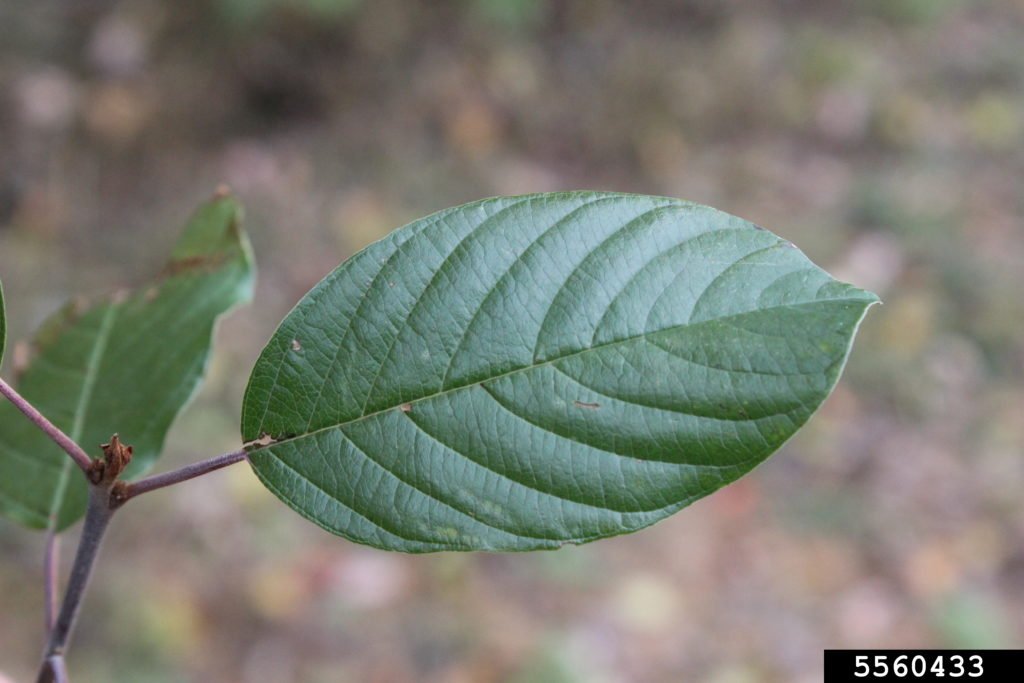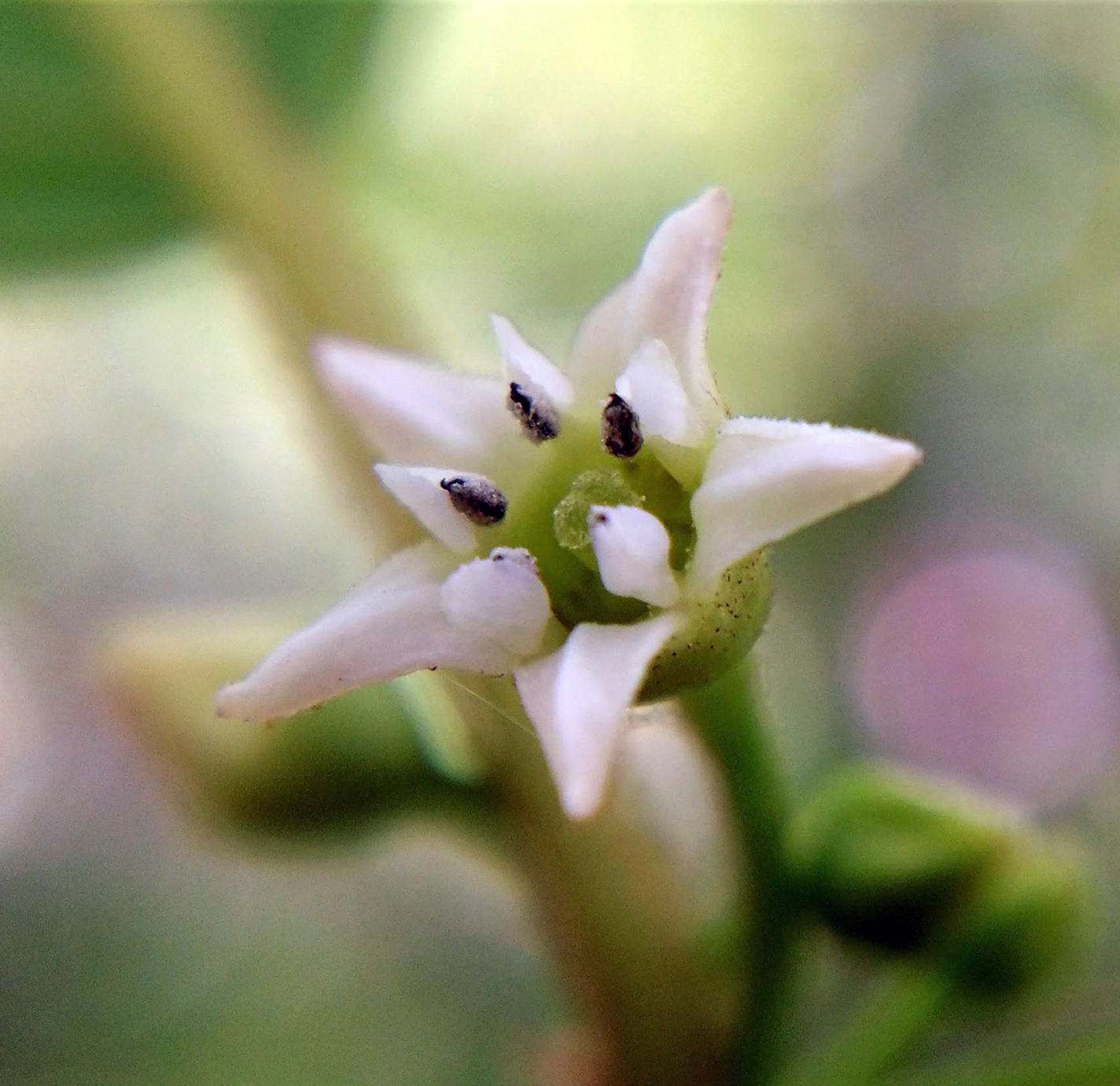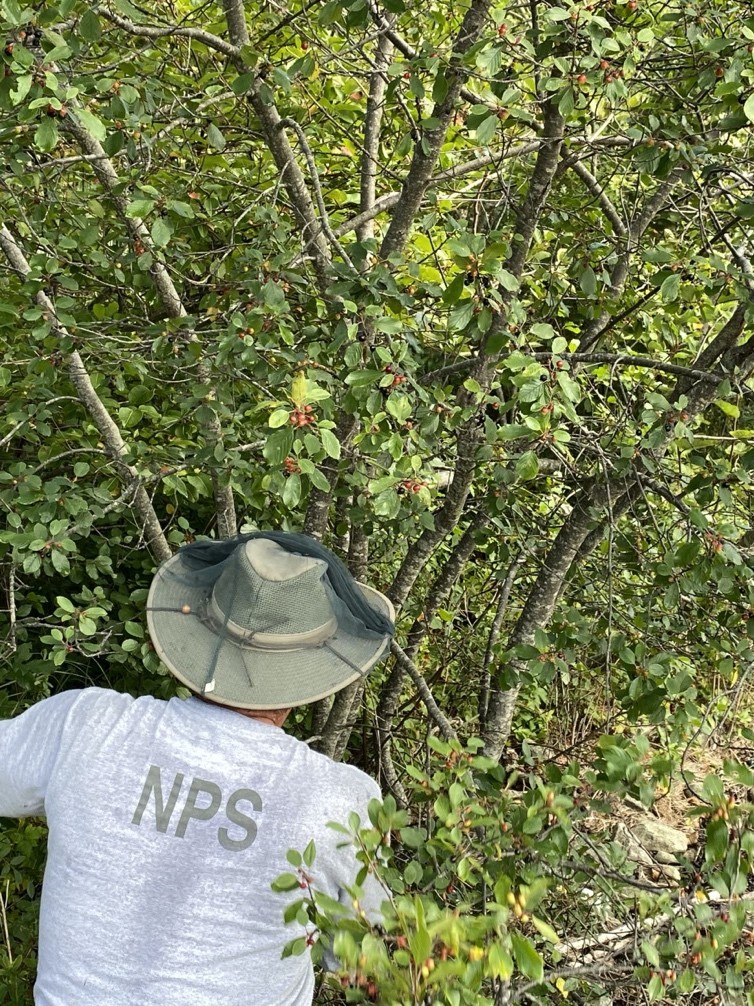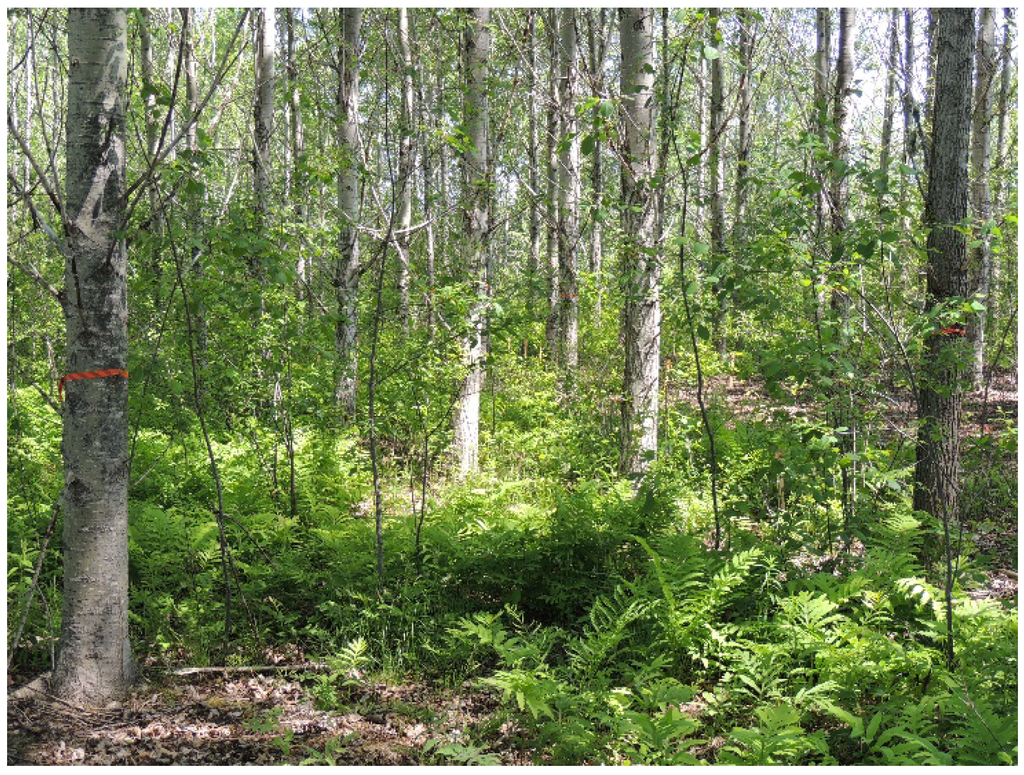Glossy Buckthorn: The Invasive Shrub You Need To Know About
Glossy Buckthorn: The Invasive Shrub You Need to Know About
Glossy buckthorn is an invasive shrub that is native to Europe, Asia, and North Africa. It was introduced to North America in the 1800s as an ornamental plant and has since spread rapidly throughout the continent. Glossy buckthorn is now considered one of the most invasive plants in North America, and it is a major threat to native plant communities.
What is Glossy Buckthorn?
Glossy buckthorn is a deciduous shrub or small tree that can grow up to 20 feet tall. It has glossy, dark green leaves that are 2-4 inches long. The flowers are small and white, and they bloom in the spring. The fruits are black berries that are eaten by birds and other animals.
Why is Glossy Buckthorn Invasive?
Glossy buckthorn is invasive for a number of reasons. First, it is very shade-tolerant, which allows it to outcompete native plants that require more sunlight. Second, it produces a large number of seeds, which are easily dispersed by birds and other animals. Third, glossy buckthorn has a high survival rate, even in disturbed areas.
The Impact of Glossy Buckthorn
The spread of glossy buckthorn has a number of negative impacts on native plant communities. First, it can crowd out native plants, reducing biodiversity. Second, it can alter the fire regime of an area, making it more susceptible to wildfires. Third, glossy buckthorn can harbor pests and diseases that can harm native plants.
How to Control Glossy Buckthorn
There are a number of ways to control glossy buckthorn. One option is to manually remove the plants. This can be done by cutting the plants at the ground level and then removing the stumps. Another option is to use herbicides. However, herbicides should be used with caution, as they can also harm native plants.
Preventing the Spread of Glossy Buckthorn
The best way to prevent the spread of glossy buckthorn is to avoid planting it in the first place. If you already have glossy buckthorn on your property, you can help to prevent its spread by removing the plants and by not allowing the berries to fall to the ground.
Conclusion
Glossy buckthorn is a serious invasive plant that poses a threat to native plant communities. There are a number of ways to control glossy buckthorn, but the best way to prevent its spread is to avoid planting it in the first place.
Glossy buckthorn is an invasive shrub that can be found throughout North America. It is a fast-growing plant that can quickly crowd out native vegetation. Glossy buckthorn also produces poisonous berries that can be harmful to humans and animals.
If you are concerned about glossy buckthorn in your area, I recommend visiting Garden Wiki. This website provides comprehensive information about glossy buckthorn, including how to identify it, how to control it, and the environmental impacts of this invasive species.
FAQ of glossy buckthorn
What is glossy buckthorn?
Glossy buckthorn (Frangula alnus) is an invasive shrub native to Asia, Europe, and North Africa. It was introduced to North America as an ornamental plant in the early 1800s, but it has since escaped cultivation and become a widespread problem. Glossy buckthorn can grow up to 20 feet tall and has glossy, oval leaves. It produces small, white flowers in the spring and dark purple berries in the fall.
Why is glossy buckthorn considered invasive?
Glossy buckthorn is considered invasive because it outcompetes native plants for resources. It can also alter the structure of ecosystems, making them less diverse and less resilient. For example, glossy buckthorn can shade out native wildflowers and shrubs, and its dense thickets can provide habitat for invasive insects and diseases.
How can I control glossy buckthorn?
There are a number of ways to control glossy buckthorn, including:
- Mechanical removal: This involves digging up or cutting down the plants. Mechanical removal is most effective when done early in the season, before the plants have a chance to set seed.
- Chemical control: There are a number of herbicides that can be used to control glossy buckthorn. However, it is important to use herbicides carefully, as they can also harm native plants.
- Biological control: Biological control involves introducing insects or other organisms that feed on glossy buckthorn. This is a long-term approach, but it can be effective in reducing the population of glossy buckthorn.
What are the benefits of glossy buckthorn?
There are no known benefits of glossy buckthorn. In fact, the plant is considered to be a nuisance and a threat to native ecosystems.
Is there anything else I should know about glossy buckthorn?
Yes, there are a few other things you should know about glossy buckthorn:
- The berries of glossy buckthorn are poisonous to humans and animals.
- Glossy buckthorn can be a fire hazard, as its dense thickets can trap and spread fire.
- Glossy buckthorn is a host plant for a number of insect pests and diseases.
Image of glossy buckthorn
5 different images of glossy buckthorn from Pinterest:
Glossy buckthorn leaves are oval-shaped and have a smooth, glossy surface. They are typically dark green in color, but can sometimes be yellow or orange in the fall.
Glossy buckthorn flowers are small and white, and they bloom in clusters. They have a sweet, honey-like scent.
Glossy buckthorn berries are small and black, and they ripen in the fall. They are poisonous to humans and some animals.
Glossy buckthorn trees can grow up to 20 feet tall. They have a spreading, open crown and a smooth, gray bark.
Glossy buckthorn is an invasive species that can outcompete native plants. It is often found in disturbed areas, such as along roadsides and in abandoned fields.





Post a Comment for "Glossy Buckthorn: The Invasive Shrub You Need To Know About"